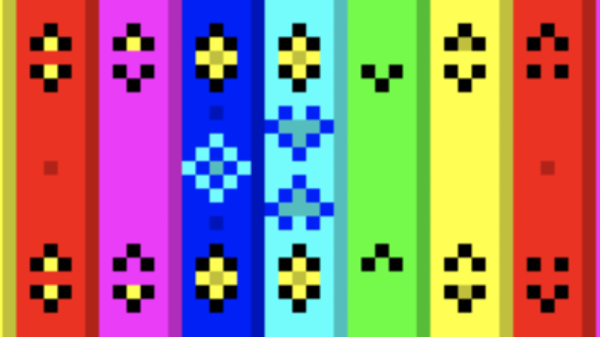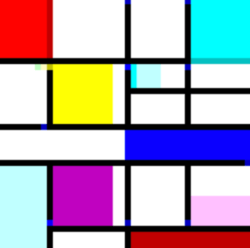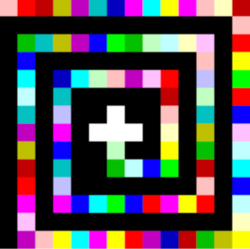Maybe you’ve heard of it, maybe you haven’t. Zig is a new programming language that seems to be growing in popularity. Let’s do a quick dive into what it is, why it’s unique, and what sort of things you would use it for. (Ed Note: Other than “for great justice“, naturally.)
What Is It?
You’ve likely heard of Rust as it has made significant inroads in critical low-level infrastructures such as operating systems and embedded microcontrollers. As a gross oversimplification, it offers memory safety and many traditional runtime checks pushed to compile time. It has been the darling of many posts here at Hackaday as it offers some unique advantages. With Rust on the rise, it makes sense that there might be some space for some new players. Languages like Julia, Go, Swift, and even Racket are all relative newcomers vying for the highly coveted mindshare of software engineers everywhere.
So let’s talk Zig. In a broad sense, Zig is really trying to provide some of the safety of Rust with the simplicity and ease of C. It touts a few core features such as:
- No hidden control flow
- No hidden memory allocations
- No preprocessor, no macros
- First-class support for optional standard library
- Interoperable by design
- Adjustable Runtime Safety
- Compile-time code-execution




















